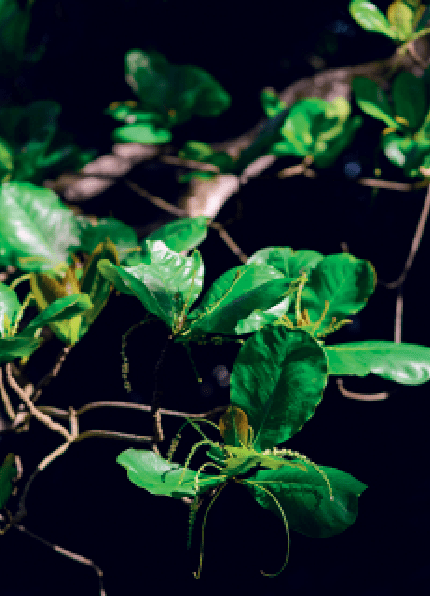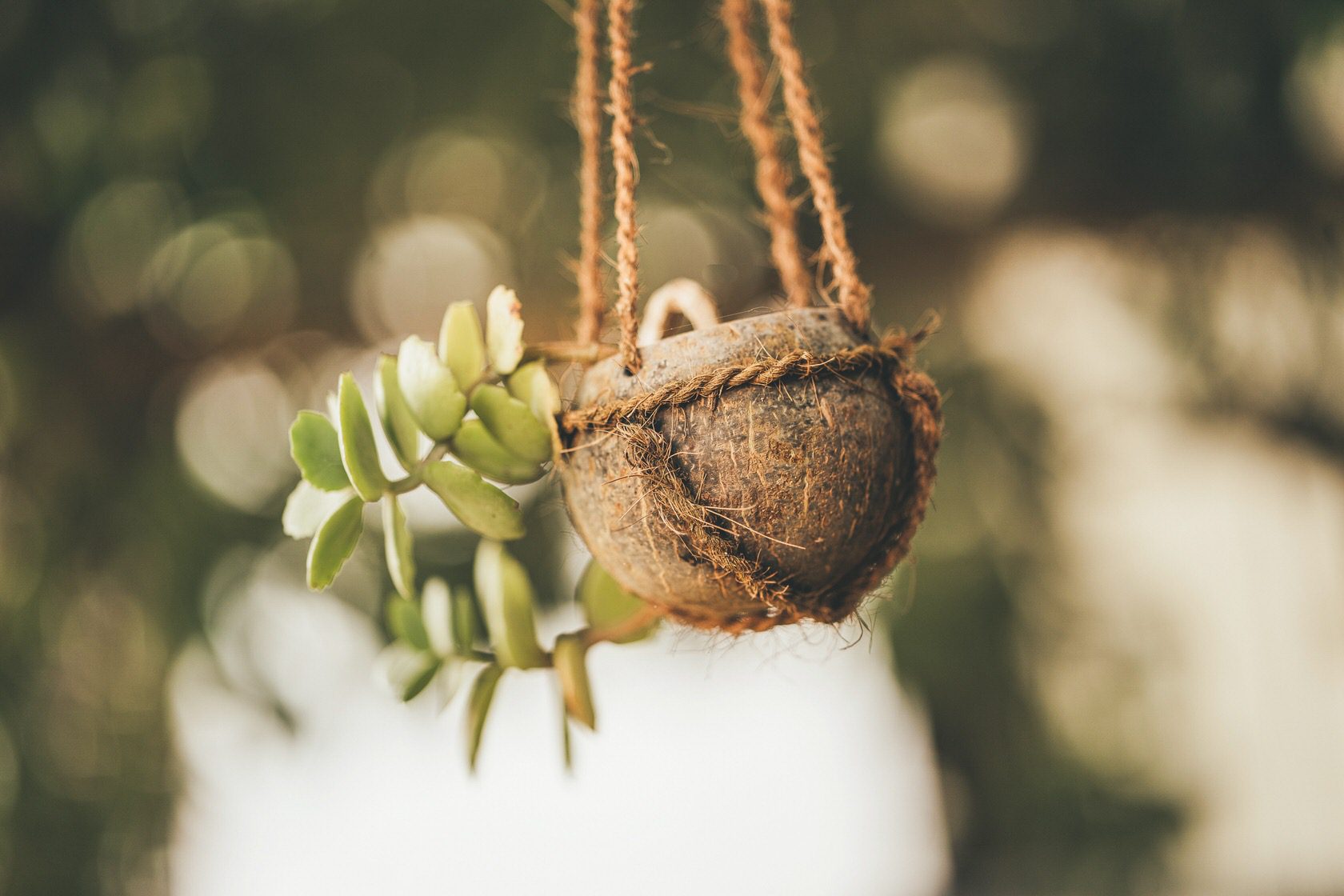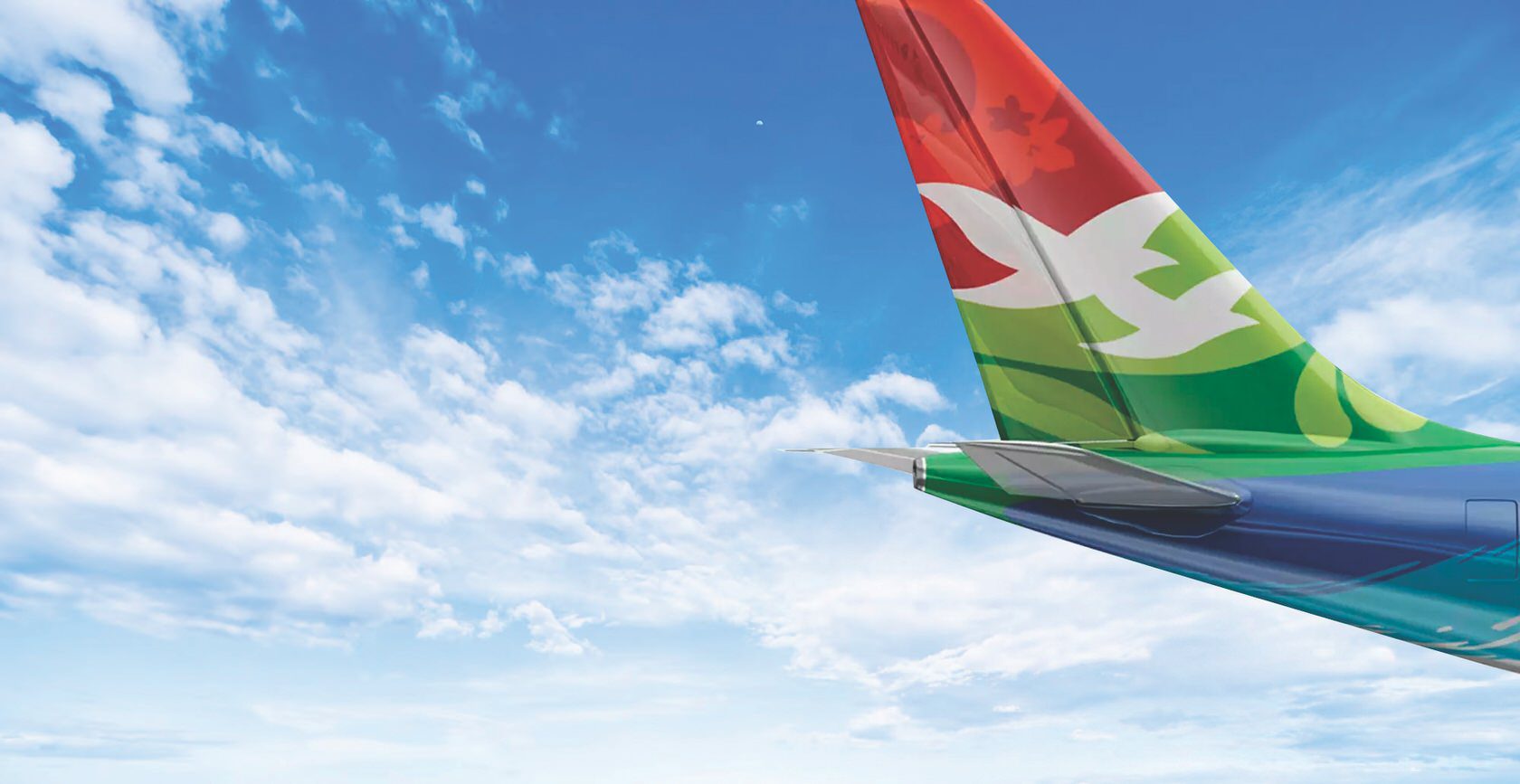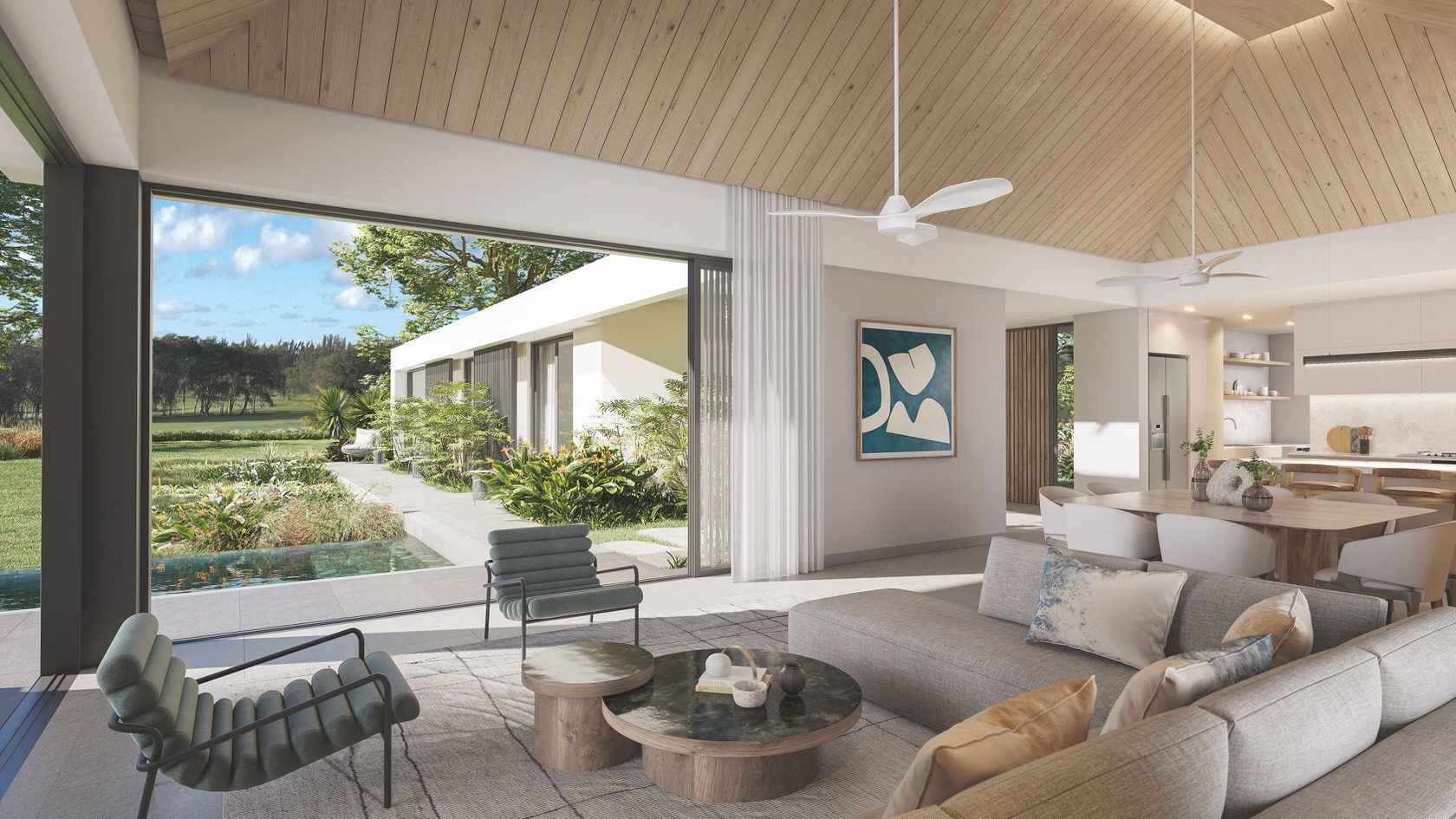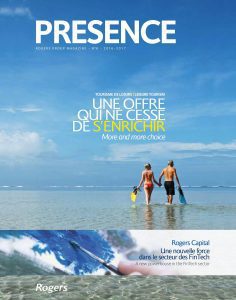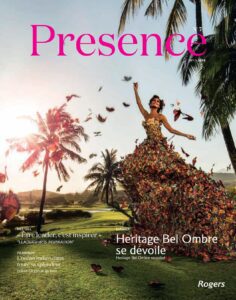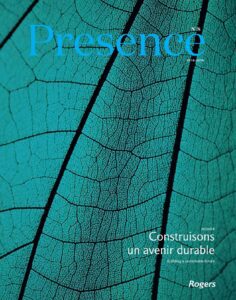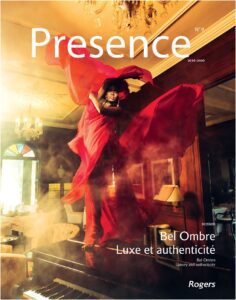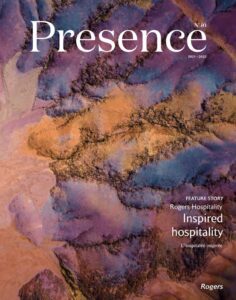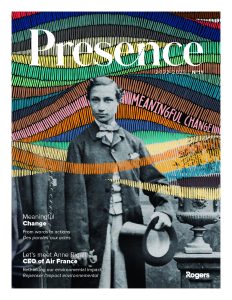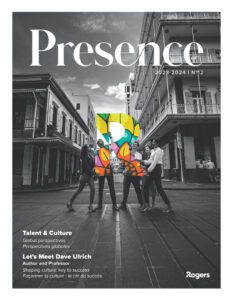Illustrations. Malcy de Chazal. Photos. Anne-Lise Ramooloo.
Between 1820 and 1870, the Mauritian artist Malcy de Chazal-Moon documented the floral diversity of Mauritius and the Mascarene Islands through a series of watercolour paintings. Her illustrations have recently been compiled into the book ‘Nature, art et sciences’, published this year. As a sponsor of this publication, Rogers wished to add value to Malcy’s remarkable work by visiting Sir Seewoosagur Ramgoolam botanical garden in Pamplemousses.
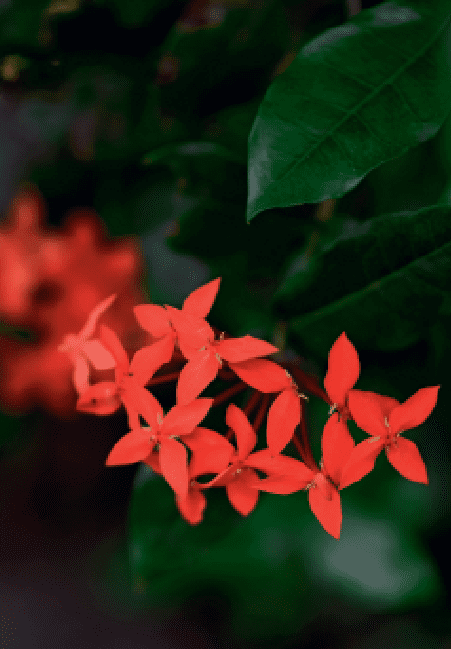
There are abundant treasures in Mauritius. Obviously, there are the mythical ones – the products of tales about pirates, which require a level of dexterity from those who wish to discover them some day. Then there are others that are accessible to us and whose roots dig deep in our history: endemic and indigenous plants. More than 300 species exist today, two thirds of which are threatened by extinction. Since the discovery of Mauritius, its flora has captivated botanists, travellers, healers and nature lovers. Malcy de Chazal-Moon belongs in this last category. This 19th-century Mauritian is the ancestor of the legendary artist Malcom de Chazal.
In 2016, the Blue Penny Museum exposed the watercolour paintings of Malcy de Chazal-Moon, who has spent her whole life following naturalists and scientists during research on endemic plants in Mauritius and the Mascarene Islands. Shortly afterwards, her works, drawn, then painted with watercolour, were published in Nature, art et sciences, sponsored by Rogers.
The botanical gardens of the island, real havens of peace and ideal sites to discover indigenous and endemic beauty, are rich in those botanical wonders. With the century-old illustrations of Malcy de Chazal-Moon in hand, we escaped into the very heart of Sir Seewoosagur Ramgoolam botanical garden in Pamplemousses, on a quest to discover some of those plants that are unique to Mauritius and its region.
Mandrinette
Our enchanting stroll begins between Petit Thouars Avenue and Sonnerat Avenue to admire one of the emblematic flowers of the island: the Mandrinette. Malcy de Chazal-Moon drew the corresponding picture, which we can find in Nature, art et sciences, when she was only 23 years old. This variety of hibiscus which was deemed extinct since the 1870s was rediscovered 100 years later, not far from Malcy’s family home, between Vacoas and Sept Cascades.
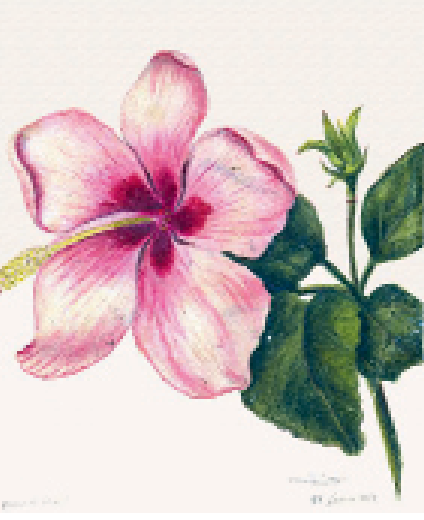
Black ebony
Heading towards the centre of the garden, close to Bernardin de Saint-Pierre’s bust, just before Fusée Aublet Avenue, you only need to direct your gaze upwards to admire black ebony. Like other varieties of ebony in the world, which are often used to craft musical instruments, its trunk and branches are very dark. The impressive tree can grow up to 20 metres tall and has a peculiar feature: thick leaves that are translucent in sunlight and two-toned — dark green on one side and light green on the other.
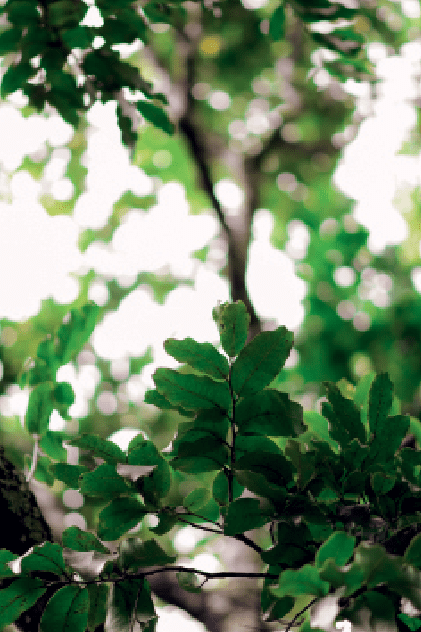
Bois d’olive blanc
To the left of Bernardin de Saint-Pierre’s bust, we can admire a splendid tree: the bois d’olive blanc. Named after its olive-like fruits, this tree has reddish wood and elliptic leaves. It is originally from Reunion Island where its wood is considered as a deadly poison. However, it is also used in cabinetmaking.
Bois de colophane bâtard
Who hasn’t heard of the famous dibwa kolofann during childhood? ‘Ki pase-la? Marsan dile… ’ This slim and tall tree which we can find in Pamplemousses garden, next to the bois d’olive blanc, is also endemic to The Mascarenes. There are several derivative products, among which resin, as well as a sticky pulp obtained from the bark, which has medicinal value.
Ixora
We can easily recognise Ixora at the crossroad between Darwin and Labourdonnais avenues in Pamplemousses garden. This shrub is present in several gardens across the island. There exist more than 500 species, one of which is endemic to Mauritius. Its leaves, as illustrated by Malcy de Chazal-Moon’s drawing, are large and leathery. The plant bears flowers all year round in the tropical climate of Mauritius. They are spread in small groups between the foliage and even have healing properties according to traditional Indian medicine.

Bois clou nain
It is impossible for us to ignore the bois clou nain. When moving northwards in the garden, we can see this shrub from the Mascarenes, with its high concentration of small red branches, which are either bristly or smooth depending on the maturity level of the plant. It bears small, round fruits, which resemble berries and are filled with seed, as reproduced by Malcy.
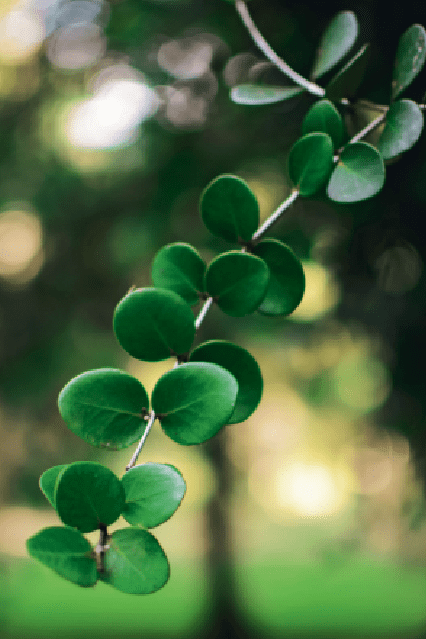
Bois maigre
A few steps further, we have to observe those ornamental plants, called bois maigre because of the small size of their trunk. The flowers are admired for their beauty and the bark is used in traditional pharmacopoeia to heal several diseases.
Hard wood (bois dur)
Continuing our stroll in the north-eastern part of the botanical garden, we discover Hard Wood, an endemic tree in the Mascarene Islands. Do not be fooled by its lanky look, this tree deserves its name. Hard Wood wears its name so well that an axe can’t cut through it. Malcy’s attention to detail is clearly displayed in this illustration. She has drawn every type of small flower: to the right, the dark reddish-brown, female ones; and to the left, the male ones sporting a yellow colour.
Bois carotte
The northern extremity of Pamplemousses garden shelters a medicinal herbs garden. This is where you can find “bois carotte.” They are the small flowers that you often see overhanging from branches in gardens in Mauritius as well as Rodrigues and Reunion Island, where they are also indigenous. They have five petals and their foliage consists of leaves that are most often wavy. The orange fruits of bois carotte are also natural remedies against numerous diseases.
Stinking wood (bois puant)
This one is more suitable to be admired in a painting than in real life! The Stinking wood that we can see in the south-western part of Pamplemousses garden contains a malodorous oil in order to keep insects away. No need to worry, however, because this substance only diffuses when the plant is cut. Let us end this picturesque discovery stroll, by looking at some exotic plants which are not originally from Mauritius but are common in Mauritian gardens nowadays.
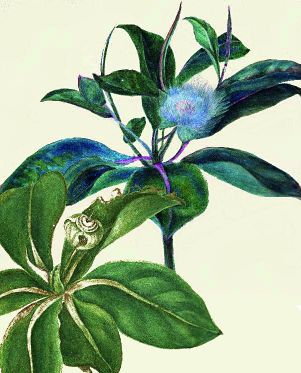
Goat wood (bois cabri)
As we approach the heart of the garden, between Gabriel Regnard and Bernardin de Saint-Pierre avenues, we can see one of the Goat wood species which is endemic to Rodrigues. Another one, also called fleur de pagode, bears beautiful white flowers which cascading flowers all year round.
Nourouc
Moving towards the east, we can gaze upon the nourouc near the water-lily pond. This huge plant is as beautiful as it is useful. Its wood is used to make several products, its bark and foliage have healing properties and its spectacular red flowers are real eye-catchers.
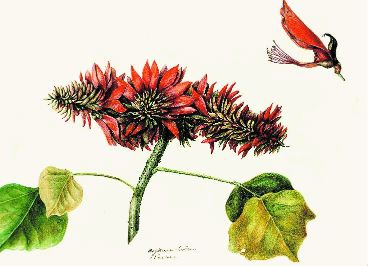
Bois damier
Our walk ends in the south-eastern part of the garden with a tree that is familiar to Mauritians. Near Pont des soupirs, we recognise the badamier, also called the Indian almond tree. It grows in random places of Mauritius – in gardens as well as on beaches. Its almonds are edible and its beautiful wood is used in cabinetmaking.
